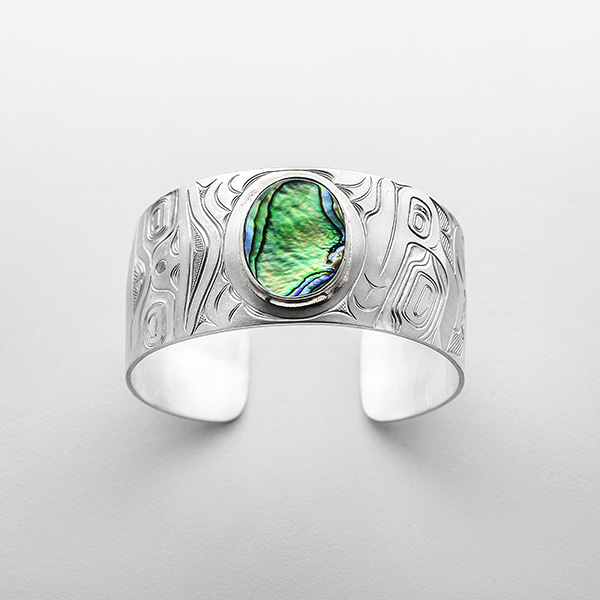
- Engage with Us
Explore the Collection
- Enrich your Mind
- Jewelry
- Graphics
Availability: Only 1 available
Sterling silver, Engraved
CA$900.00
Only 1 available
Reserve this artworkYou may choose to reserve an item in consideration of purchase by clicking the "Reserve for Purchase" button (instead of Add to Shopping Cart). This allows you the opportunity to contact our gallery with any inquiries prior to purchase and it will ensure the item continues to be on hold while you are communicating with us.
If you should find an item already on "Reserve" that is of interest to you, please contact us directly at 604.684.9222 or [email protected] and we can provide you with the status of the piece and whether it will become available for purchase again, or if the sale is in progress with a buyer.
One of life’s most rewarding experiences is collecting fine art, and sometimes it’s best to take a little more time to make these acquisitions with ease. We understand and want to do everything possible to make collecting your next artwork more comfortable. At Coastal Peoples Gallery, we offer an interest-free layaway program and offer flexible terms which can be customized to your individual needs.
Sterling silver, Engraved
| Symbol | Frog, Raven |
|---|---|
| Dimensions | 0.75 x 6.25" (1.91 x 15.88cm) |
| Product Number | I-77089 |

|
|
|---|---|
| Artist | David Neel |
| Nation | Kwakwaka'wakw Nation |
| Description | Kwakwaka’wakw Nation David Neel has been creating art in the Kwakwaka’wakw style for over thirty years. His paintings, printmaking, carvings, and jewelry are all informed by his heritage, which includes several successful artists: Dave Neel Sr., his father; Ellen Neel, his grandmother; Mungo Martin, his great-great uncle; and Charlie James, his great-great-great grandfather. While many of his pieces are more contemporary in their material and design, Neel learned carving in the traditional style by his family and peers in his father’s village. While Neel portrays meaningful stories and traditional values in all of his pieces, he says he finds jewelry the most impactful art form. He appreciates the fact that clients attach their own meaning to his jewelry and that it is used to mark important, personal events in people’s lives. Neel has exhibited his work in many public institutions, including solo exhibitions at: the National Portrait Gallery of Canada; The Smithsonian Institution – NMAI; the Venice Biennale, and his work is represented in numerous public collections. His children are following in family legacy; studying art at the Emily Carr University and working with their father. |
14K Yellow Gold, Engraved
Domed, Tapered
Width: 3/8″
Size: 10
CAD |
$ |
USD |
$ |
EUR |
€ |
GBP |
£ |
AUD |
AU$ |
CHF |
CHF |
NZD |
NZ$ |
JPY |
¥ |
|
CAD
|
USD
|
EUR
|
GBP
|
AUD
|
CHF
|
NZD
|
JPY
|

